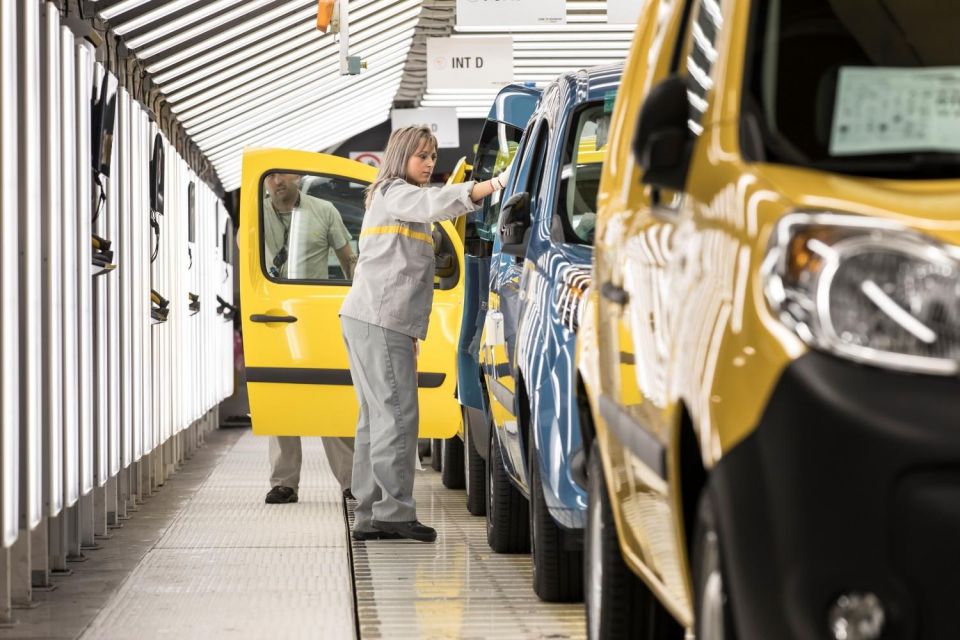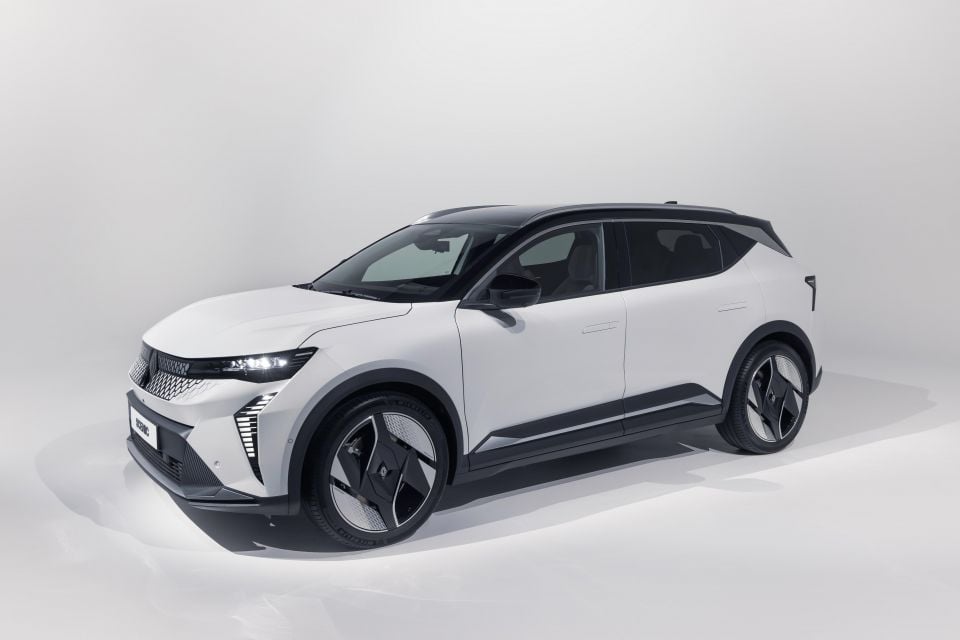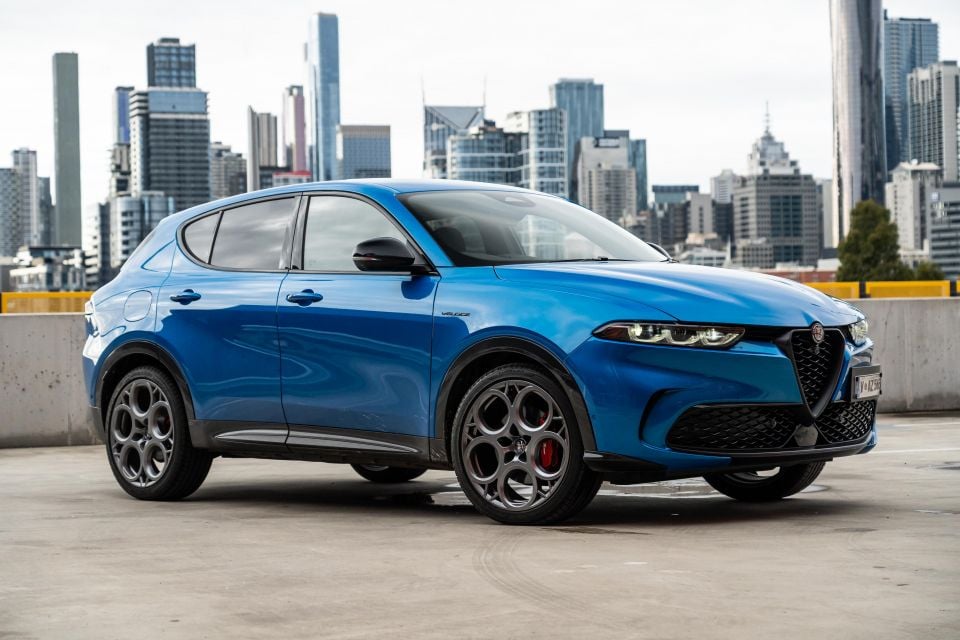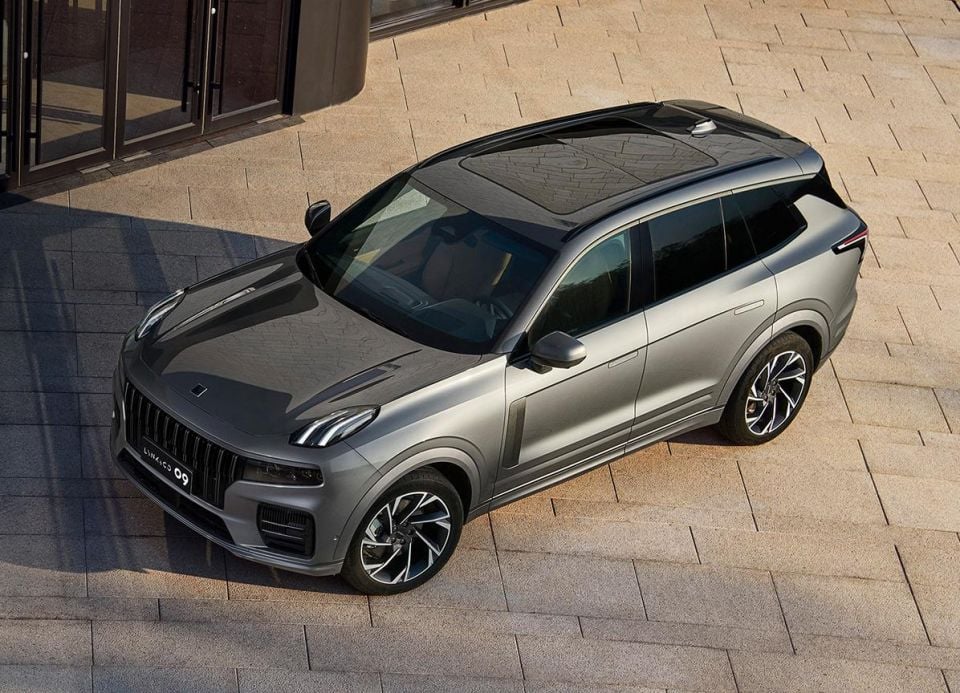

Matt Robinson
2026 Skoda Fabia 130 review: Quick drive
24 Minutes Ago
Could the French government bring together bitter rivals to house all of France's automakers under one roof?

Journalist


Journalist
Bringing Peugeot-Citroen and Renault together seems far-fetched, but automotive history is littered with intriguing mergers and strange bedfellows.
According to Il Messaggero, the French government, headed by President Emmanuel Macron, is reportedly studying a plan to merge the Renault Group with rival Stellantis.
The thinking goes that a combined Stellantis-Renault would be large enough to push back against fierce competition from Chinese and German automakers, and create an automotive Maginot Line.
Those with a passing interest in history will know the Maginot Line was an impregnable series of fortifications built by the French in the 1930s along its border with Germany to deter invasion from the Nazi regime. Knowing this, Hitler’s army invaded through France’s unfortified border with Belgium, and through the line’s weak point in the Ardennes.

In response to the report in the Rome-based newspaper over the weekend, Stellantis chairman John Elkann issued a statement claiming, “There is no plan under consideration regarding merger operations with other manufacturers”.
Mr Elkann’s statement runs slightly counter to comments made recently by Stellantis CEO Carlos Tavares, who told Bloomberg last week he said the automaker was preparing for a period of industry consolidation as the rush to produce affordable electric cars would lead to a “bloodbath”.
The Stellantis CEO even noted his close attention to Renault, which he thinks is vulnerable.
The Renault Group is heavily reliant on Europe, especially now that it’s winding back its control of Nissan and the scope of the Renault-Nissan-Mitsubishi Alliance. It has, after Russia’s invasion of Ukraine, also withdrawn from its second largest market, Russia, and sold its stake in Lada.
Most recently, Renault was forced to abandon its plans to float its Ampere electric vehicle (EV) division on the sharemarket due to slowing growth in the EV sector, and falling valuations for some prominent EV makers, including Polestar, a spinoff from Volvo and Geely.

At the beginning of February, Mr Tavares also provoked the ire of the Italian government by wondering aloud about the government’s alleged disinterest in helping out with a number of the automaker’s Italian factories.
Adolfo Urso, Italy’s industry minister, told Automotive News Europe and other outlets, “If Tavares maintains that Italy needs to do the same as France, which has boosted its active investment in Stellantis, then they can ask”.
Mr Urso’s comments nudged open a door through which the government could build up a shareholding in Stellantis.
The French government, through its historic investment in Peugeot-Citroen SA, owns 6.1 per cent of Stellantis’s shares, and controls 9.1 per cent of the firm’s voting stock. It also has a 15 per cent stake in Renault.
Stellantis was formed in 2021 when the French PSA Group gobbled up Fiat Chrysler. The French-Italian-American automaker controls a wide gamut of brands stretching from the mainstream (Peugeot, Citroen, Fiat, Opel/Vauxhall, Ram, Lancia, Dodge, Chrysler, Jeep) through to luxury and premium-adjacent (Alfa Romeo, Maserati, DS).
On the other hand Renault Group runs Renault, Dacia, and Alpine, and has a majority stake in Renault Korea, formerly known as Renault Samsung. It’s also part of the Renault-Nissan-Mitsubishi Alliance, and holds a controlling stake in Nissan, although in 2023 it agreed to limit its influence in Nissan and eventually sell down to 15 per cent.

Given the large market shares of the Peugeot, Citroen and Renault brands in France, as well as Stellantis’ position behind Volkswagen as Europe’s largest automaker, there would also be antitrust concerns regarding any merger.
It’s unclear if there is any internal support for a merger within the two automakers, nor is it clear from the reporting how such a potential combination would work.
As we noted earlier, Renault is very Europe-centric, while Stellantis has a healthy footprint across Europe, Africa, Latin America, and North America, but is weak in China and Asia.
It’s possible a Stellantis-Renault combination could make use of Renault’s ever-deepening ties with Chinese car marker Geely. Together the two companies have a 50/50 joint venture to develop internal combustion engines.
On top of this Geely will produce Renault-branded cars for the Chinese market, while Renault Korea will make cars built on Geely platforms for both South Korea and export markets.
Derek Fung would love to tell you about his multiple degrees, but he's too busy writing up some news right now. In his spare time Derek loves chasing automotive rabbits down the hole. Based in New York, New York, Derek loves to travel and is very much a window not an aisle person.


Matt Robinson
24 Minutes Ago


Damion Smy
24 Minutes Ago


Damion Smy
15 Hours Ago


Damion Smy
16 Hours Ago


Damion Smy
17 Hours Ago


Damion Smy
19 Hours Ago